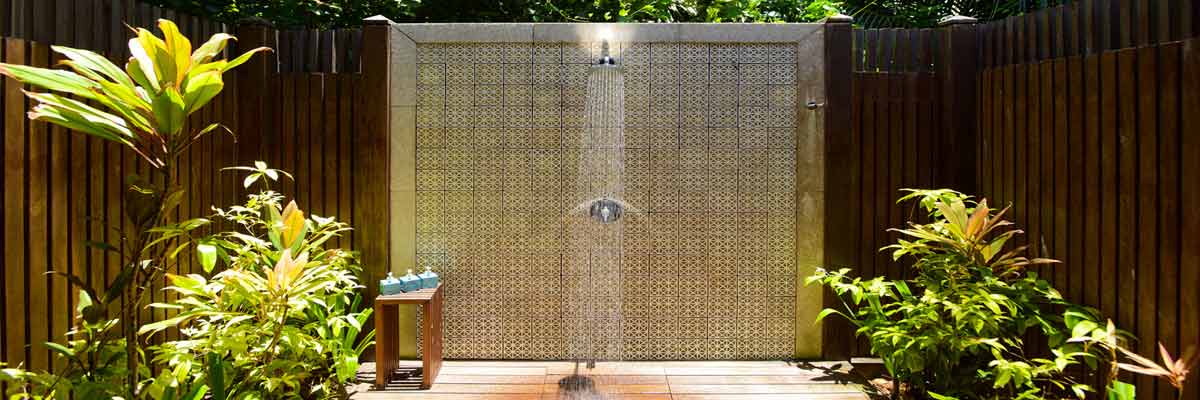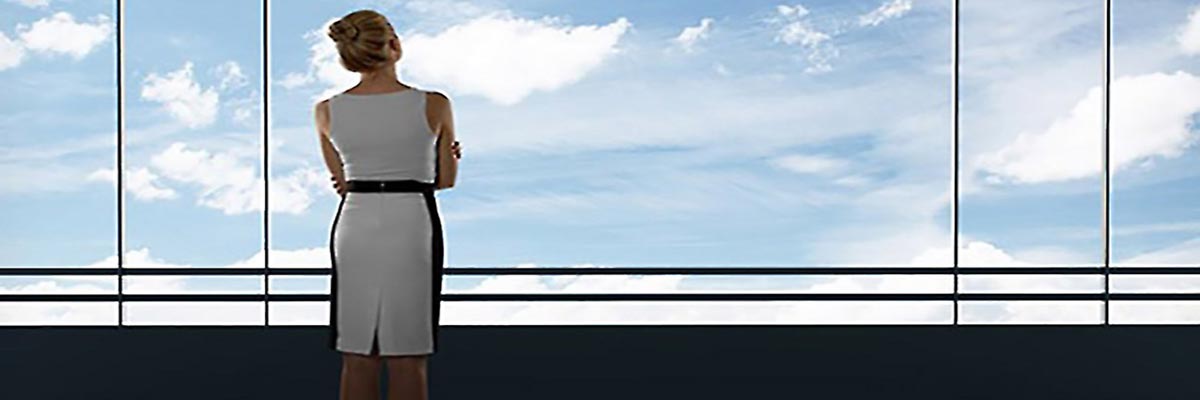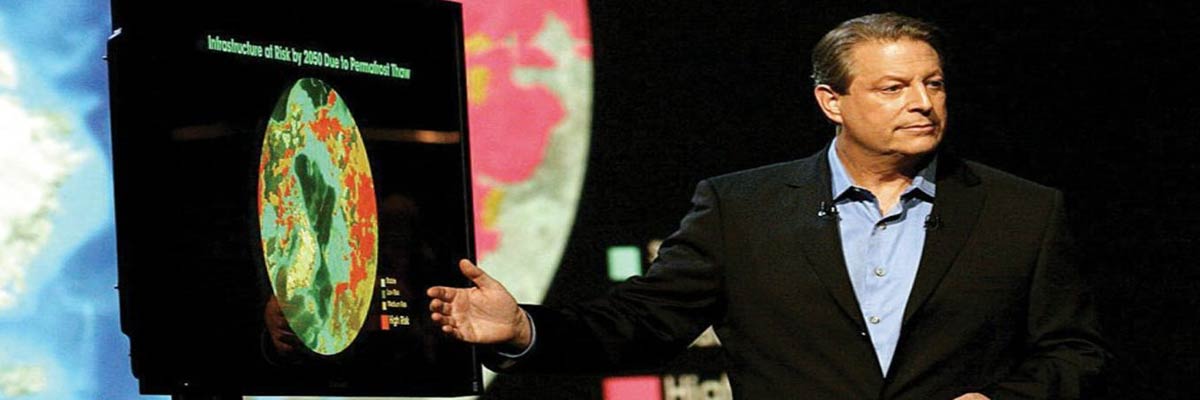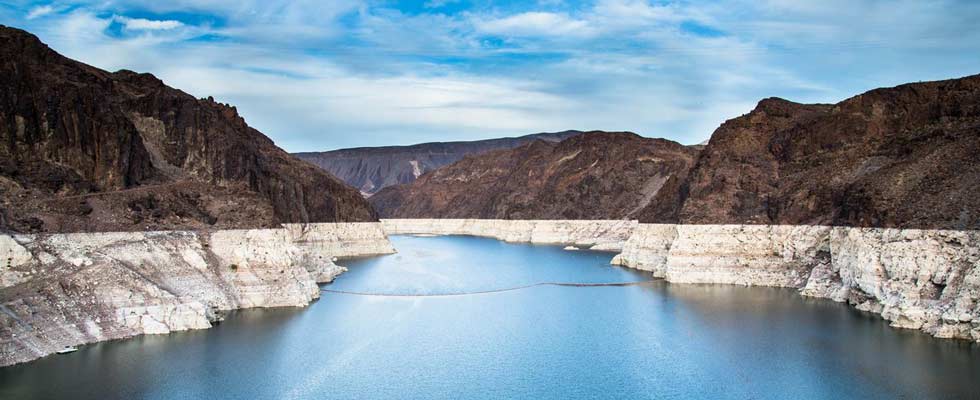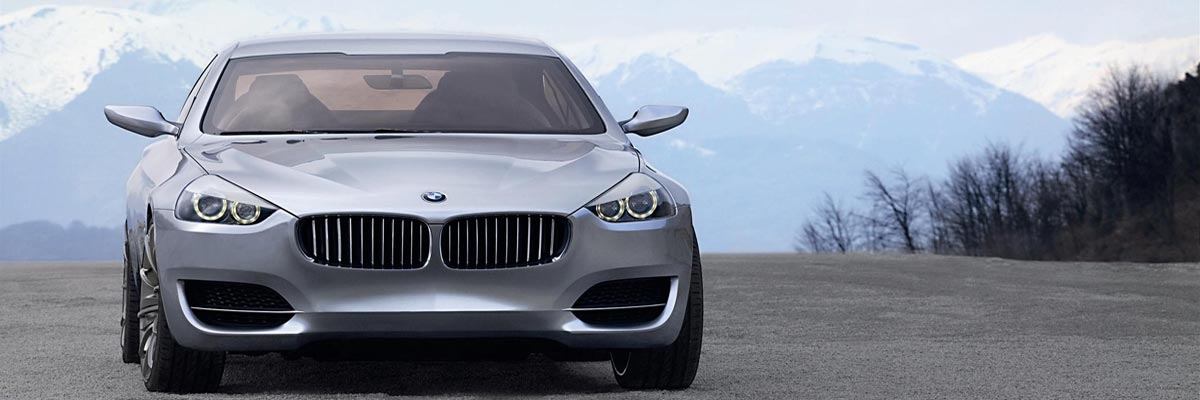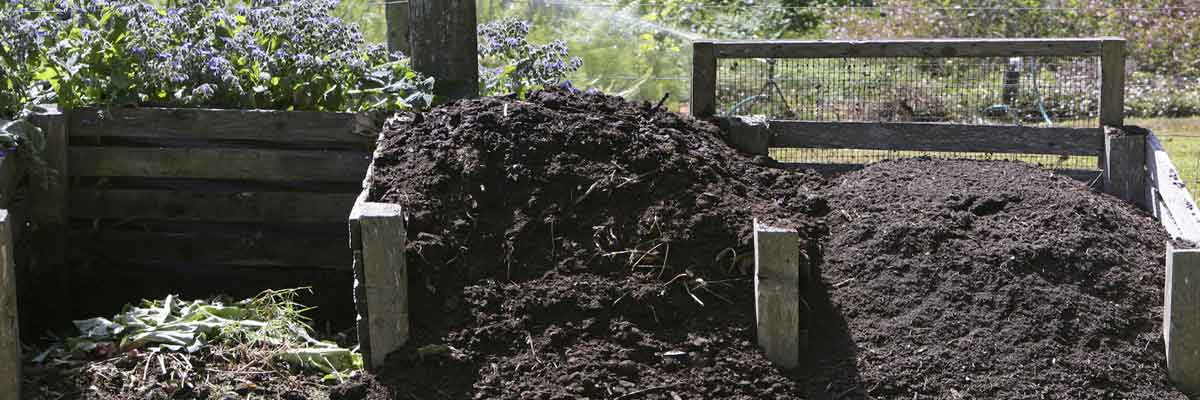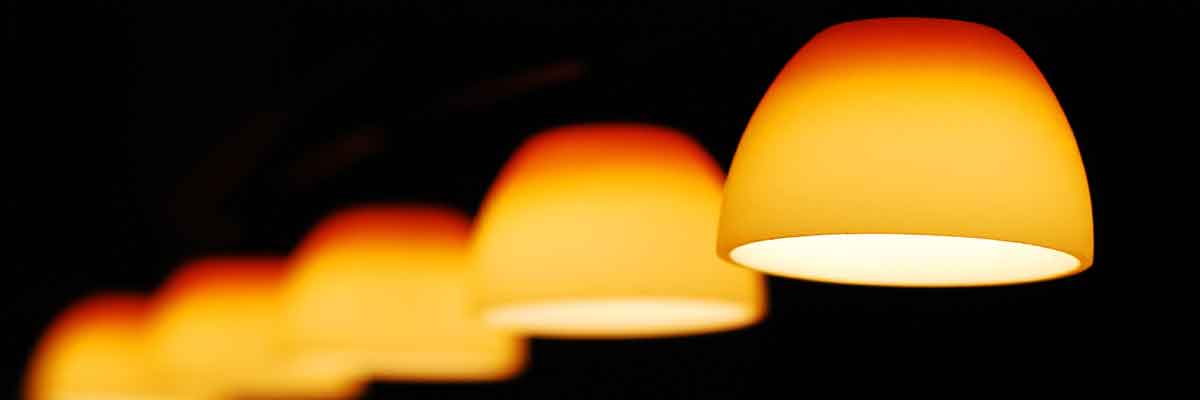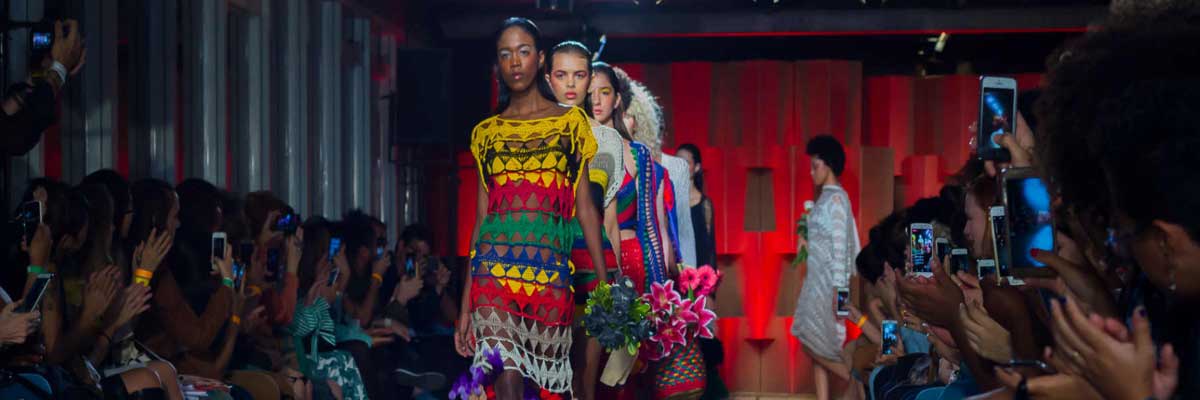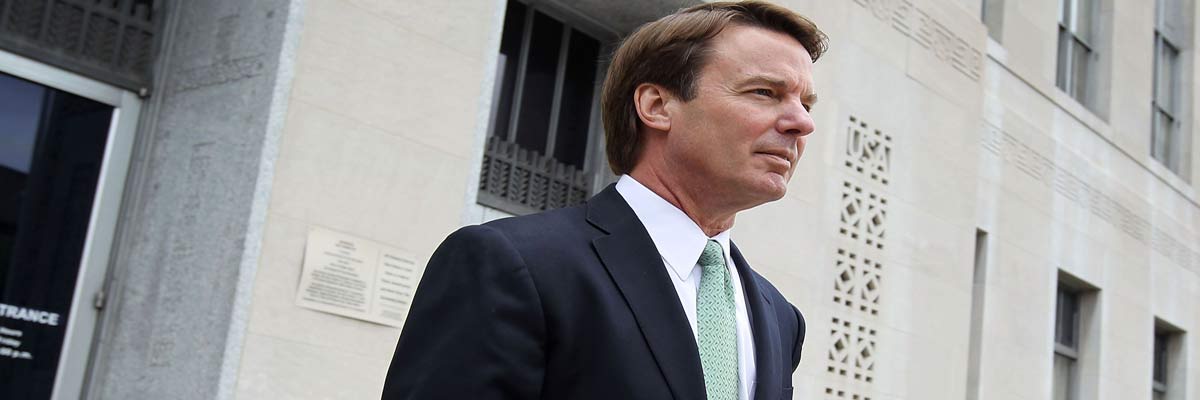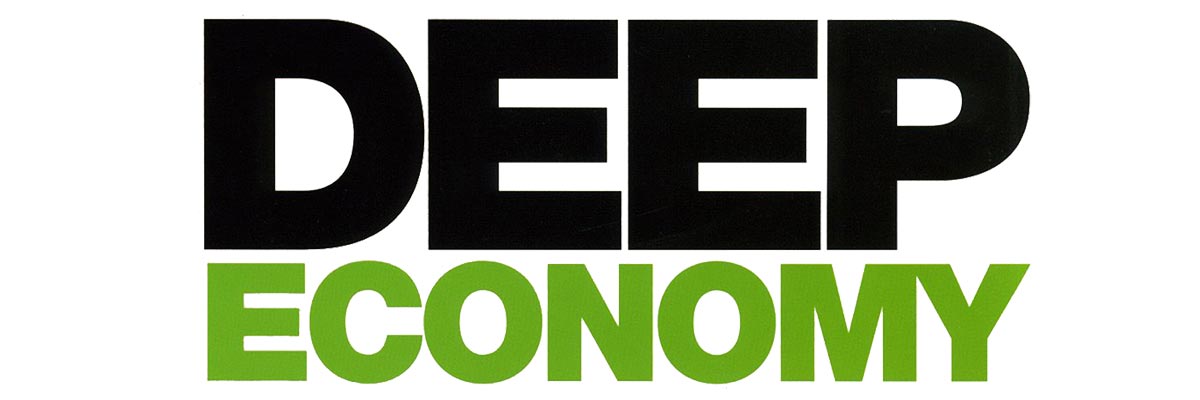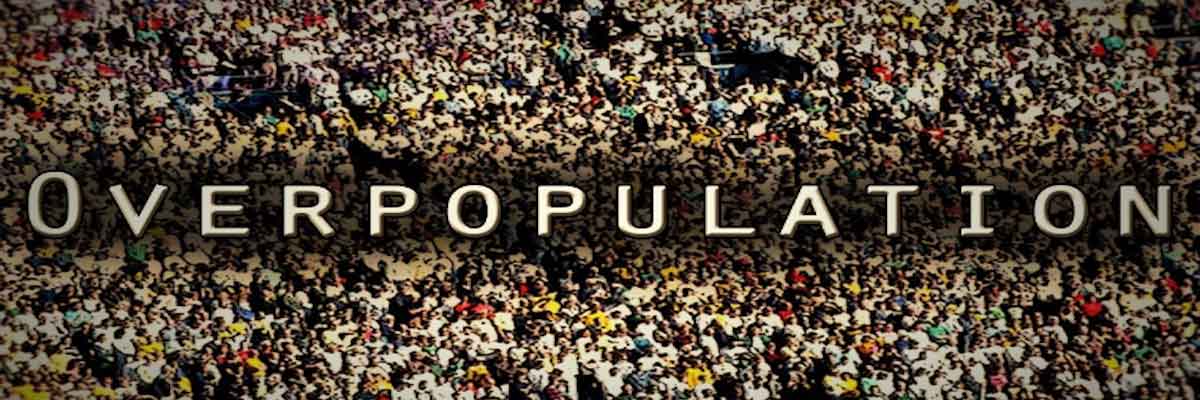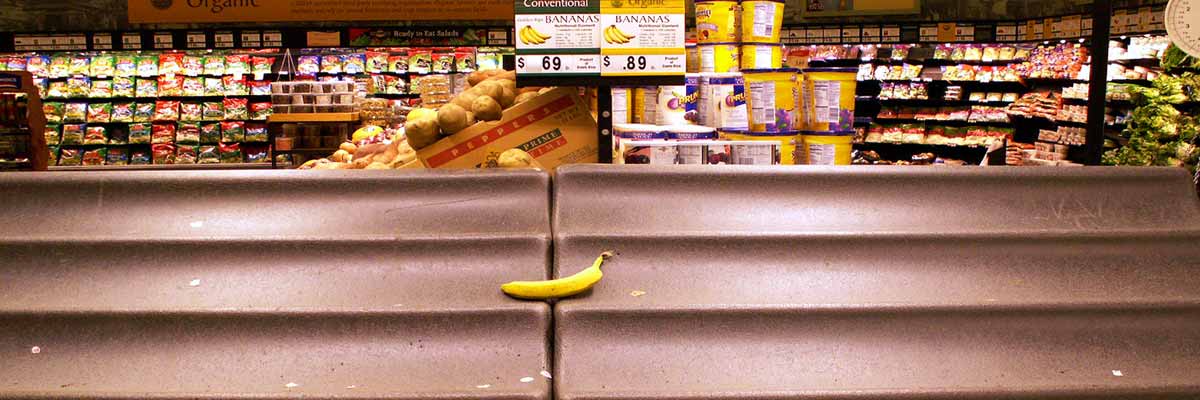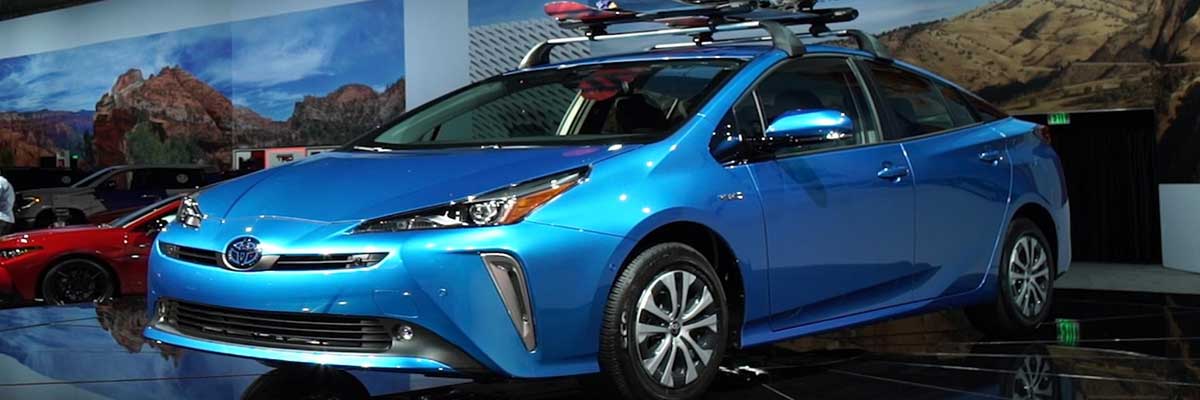Summer Groove: Solar Pool Fence and Solar Garden Shower
Even though it’s April 16th and there’s 16 inches of snow on the ground here in Ithaca, NY, I’d like to think that I might have a use for these innovative products sometime soon. That is, if I can even get my hands on them.
First up is a “Professional Solar Garden Shower System” called the Solar Fizz. This portable showering unit uses reflector tubes to capture solar energy and heat water to 70+ degrees Celsius. Each tube can hold 15 liters — with a complete system capable of providing hot water for an entire family. Each of the units displayed on the website is claimed to be portable; but even the 15 liter version might be a little unwieldy if you plan on roughing it somewhere. The only problem is that the technology is limited to a few countries in Europe and Asia. They’re looking for distributors in North America; no any of you eco-entrepreneurs out there — have a look! Outdoor showers are the bomb-diggity — especially pollution-free, hot showers.
Savinar and Sundance Deliver On Documentary “A Crude Awakening”
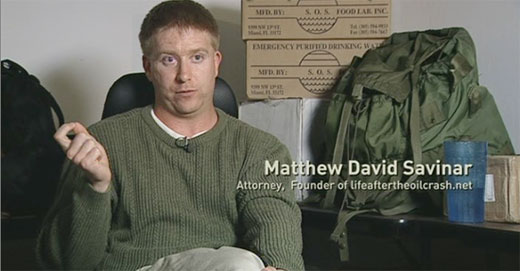 A friend to Groovy and always ready with an interesting comment or two, Matt Savinar is reaching out through your television in The Sundance Channel’s THE GREEN. This new three-hour block of television premiering this Tuesday features a wide range of high-quality programming covering issues of sustainability and green ideas. I received a few screeners a couple weeks back and have been pouring over the shows with great interest; after all, this is a guy without television and I was happy not to miss out on the series.
A friend to Groovy and always ready with an interesting comment or two, Matt Savinar is reaching out through your television in The Sundance Channel’s THE GREEN. This new three-hour block of television premiering this Tuesday features a wide range of high-quality programming covering issues of sustainability and green ideas. I received a few screeners a couple weeks back and have been pouring over the shows with great interest; after all, this is a guy without television and I was happy not to miss out on the series.
I launched into a full review over at the green entertainment site, Ecorazzi, but I wanted to put a little more emphasis on this week’s 90 minute documentary, A Crude Awakening. Obviously, this piece covers the issue of Peak Oil and does a masterful job of slowly easing into the topic in such a way that makes the dire consequences that much easier to grasp. We’re given phenomenal access to historical video footage of oil boom towns that now look like derelict theme parks and even Marion Hubbert (the father of the theory of Peak Oil) presenting his concept on television in the early 50s mid-70s. Commentary from several notable geologists, politicians, and energy experts adds impressive information (as well as warnings) to the visuals.
Are We Past Peak Knowledge?
In this essay I draw a distinction between facts, information, knowledge and wisdom. I use the term information to mean a collection of facts. I use the term knowledge to mean the absorption and consideration of, experimentation with, and refinement of information; essentially the path to wisdom. Or to work backwards, wisdom is the mastery of knowledge which is the assimilation of information which is a compilation of facts. It might seem unnecessary to distinguish these differences but I believe its one thing to collect facts, quite another to understand how they matter to each other and something entirely different to begin to really know what you’re doing and how you’re doing it; let alone why.
This past weekend my little corner of the world experienced the coldest temperature ever recorded in the month of April in our area- 21 degrees Fahrenheit. Now in North Carolina we’re used to light frost until the middle of this month, but those of us who garden tend to catch spring fever a bit early when we have warm weather in March. This year we did and so I played my part and planted a few early tomatoes before it was really safe to do so.
Eco Fashion Q&A: Sustainable Skivvies
We have returned! New queries have been rolling in, and it is time to start posting some answers. This week’s question comes from e4 (aka Edson): How about green underwear?
Love it – short, sweet, and to the point. Oddly enough, I’ve been doing a fair amount of research on eco-undies in the past month, even being interviewed by a foreign magazine on the subject. Simply put, you’ve come to the right place. ![]()
Anything that is going to come in direct contact with your private parts should be, above all, chemical-free. Organic cotton, bamboo, and hemp are the three most common sustainable fibers for green underwear, all of which are quite comfortable and long-lasting. Though finding these skivvies are not as easy as, say, organic cotton denim, the options are many. As the closest thing to your skin, you owe it to yourself to wear eco-undies.
An Inconvenient Truth :: The Transcript
While I’ve seen Al Gore’s documentary, An Inconvenient Truth, up online in various forms, this is the first time I’ve found a transcript of the film to enjoy. I say “enjoy” truthfully because reading this transcript after watching the film allows for a greater appreciation of the immense scope of knowledge presented over the course of 90 minutes. Didn’t quite follow a certain part of the film and would like to review it? Looking for an exact quote from the film to use against/in support of Gore? It’s all right here. Below is one of my favorite quotes from the film:
“You remember that home movie of the earth spinning in space. One of those spacecraft continuing on out into the universe, when it got 4 billion miles out in space, Carl Sagan said, “Let’s take another picture of the earth.” See that pale blue dot. That’s us. Everything that has ever happened in all of human history has happened on that pixel. All the triumphs and all the tragedies, all the wars, all the famines, all the major advances: it’s our only home. And that is what is at stake: our ability to live on planet Earth, to have a future as a civilization.”
Not Looking Good for the Southwestern US: “Mega” Drought Predicted
UPDATE: I located a chart of Lake Mead historical water levels, and put it below the fold (click on “more…”)
MSNBC has an article out today sounding an alarm on the Southwestern United States’ fresh water situation. Not only is the wage gap between rich and poor workers reaching pre-depression levels, we are also threatened by a “dust bowl” similar to the same period of time.
While traveling in Nevada two weeks ago, I was able to travel to see the Hoover Dam and Lake Mead. A thick layer of bleached rock formed a ring around the reservoir, showing the loss of billions of gallons of fresh drinking water. The level of the lake fell a hundred or more feet below a run-off/overflow culvert.
After seeing this first hand it is easy to believe the article:
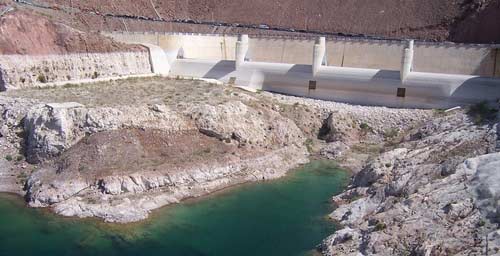
When An Environmentalist Has Dinner With A Hummer Executive
I’ve just returned from the 2007 NY International Auto Show and it’s time to start releasing the jumble of thoughts, videos, and other interesting experiences I had along the way. General Motors extended an invitation to Groovy Green and Ecorazzi to attend the event and meet with top executives to discuss the latest green issues. Being somewhat of a cynic towards the pairing of the words “green” and “American auto industry”, I jumped at the opportunity.
So, it was a somewhat awkward moment when I took my seat at dinner and found myself sitting next to Hummer’s Executive Director, Ross Hendrix. He even had a giant “H” pin on his sport coat lapel. To my left was GM’s Vice President of Environment and Energy, Beth Lowery. She mentioned to me that no less than two years ago, it would have been impossible to gather executives in the same room as journalists; much less environmental bloggers. The level of access GM is providing is unprecedented. Even greater, they’re willing to listen and talk. I dove right in.
How to Start a Compost Pile
Here we are cruising into April which means many parts of the country are experiencing the first warm days of spring. Also arriving is the annual spring cleaning of yards across America as people deal with the remaining fallen leaves of last autumn and mow down their lawns for the first time this year.
Of course we here at Groovy Green advocate strongly for turning those Lawns into Gardens and if you must retain some turf try a manual reel mower. They’re cheap, use no fuel (other than that of your muscles), have no emissions, and are relatively easy to sharpen.
But if you or your neighbors do bag up all those leaves and grass clippings, consider this a prime time to start a compost pile. There’s a more in-depth article on why and how to compost here, but if you’re looking for a more simple explanation of how you can recycle your yard waste and create some great compost for your garden, here are some simple directions.
Mercury Fears in CFL Bulbs Overblown?
I have noticed a meme circulating the internet over the past 2 weeks – fear of landfill contamination by an increase in the use of CFL bulbs. While there is trace amounts of mercury in CFL bulbs, and I do believe that there needs to be more public education from places that sell the bulbs to avoid them ending up in the garbage – I would like to note that the possible reduction in mercury emissions from coal fired power plants outweighs the amount used to produce the bulb, over the bulbs lifetime.
This fact sheet (warning PDF also found at wikipedia) on the subject notes that there is approximately 4.0mg of mercury in a CFL bulb, and the emissions from a coal fired plant to produce the energy to run the bulb over it’s lifetime is an additional 2.4mg of mercury. Contrast that with 10.0mg of emissions for a conventional incandescent bulbs over the same 5 year lifespan of the CFL bulb. The incandescent is still producing more gaseous mercury contamination than the CFL. Also, the mercury contained in the CFL bulb remains in a form that can be recycled.
Town Decrees Solar Panels Ugly, Family Fights Back
I always find amusing the rules that some of my friends around the country must abide by when living in community housing developments. Your grass can only be so high, children’s toys must be kept to a minimum outside, your house can only be certain shades of color, etc. etc. It’s a frightening utopia of meaningless laws and trivial worry. When I heard that the town of Scarsdale denied a family the opportunity to put up solar panels — on the basis that they were ugly and “not in keeping with the character of the community” — I immediately wanted to cry/laugh. You have got to be kidding me.
But then I thought that such reactions are probably not too uncommon. We live in a world with designer water, designer shampoo, and animal spas. People have become so accustomed to modular cookie-cutter homes with white picket-fences and weed-free sidewalks — that they’ve actually forgotten there’s a world of people out there who could care less and actually would like to live a unique existence; with character and vision for their own lives. So, when you move to a place like Scarsdale, and they deny you the ability to lead that existence based on the above criteria, what do you do? You call their bullshit and fight back. From the article,
Plant a Pollinator Garden… Please!
If you haven’t read about the rising wave of problems with crashing bee populations worldwide, get on Google and check it out. In a nutshell, bee colonies are dying off around the world, and no-one really knows why. There are several possible reasons people are talking about:
- Some suspect that increasing infestations a few types of mites might be doing it.
- Others suspect mono-cultural agricultural practices.
- Genetically-Modified Organisms are another possibility.
- Perhaps it’s due to microwaves and other electromagnetic radiation that’s omnipresent these days.
So, there are a number of possibilities for why this is happening, but it’s bad news regardless of the underlying reason. Did you know that bees are used to commercially pollinate more than $14.6 billion dollars’ worth of fruit, nut and vegetable crops every year in the US alone? Without these incredibly helpful insects, these food stuffs would be much more costly if they were available at all.
The Future of Eco-Fashion: Natalia Allen
With the job title of “Design Futurist”, it is hard to not be intrigued by New York’s Natalia Allen. In 2005 (just a year after she graduated from Parsons School of Design), Natalia founded an influential (self-titled) consultancy company, where she specializes in the emerging areas of design and marketing for global clients, such as Quiksilver, Donna Karan-LVMH, Dupont, Philips and Saks Fifth Avenue. Her creative designs and network are considered an essential catalyst between companies with a shared interest in the future of fashion. Her work has received a score of distinctions including the Calvin Klein, Nylon Magazine and Ducati Design Awards, also the coveted Designer of the Year Award, a title she shares with Marc Jacobs, Tom Ford, and Badgley Mischka.
As the tipping point of green living looms on the horizon, I had a chat with Natalia about her unique work and how technology and eco-style will factor in to the future of fashion.
How did you first become interested in fashion?
John Edwards Declares His Presidential Run Carbon Neutral
Presidential-hopeful John Edwards announced his intentions today to have a completely carbon-neutral campaign. It seems everyone and their dog (oh wait, pets can be carbon-neutral now too!) is jumping on the offsets bandwagon; but Edwards is the first of the current contenders to push it forward. From his statement,
“To achieve carbon neutrality, we’re taking two big steps. First, we’re implementing a number of simple but effective techniques to conserve energy in our national and field offices. And I’ve asked my staff to take concrete steps to reduce their own energy consumption. Conserving energy now is the single biggest thing we all can do as individuals to combat global warming.
But presidential campaigns by their nature use an enormous amount of energy for travel and operations. Which is why today I have also directed the campaign to purchase carbon offsets that support alternative energy production to neutralize the global warming impact from our travel and office energy use.”
Changing Your World – A Little at a Time (and Contest!)
Update: Throwing this back up top, last chance to get in on the contest. Winner announced this weekend.
I feel pretty good today. That’s pretty odd, considering it’s peak doldrum season here in the northeast, in a city that just received 4.1″ of snow this morning, bringing our season total to 117″ glorious inches of the white fluff. (yes, that’s my front yard one week and 8 inches of snow ago).
Why I feel good is for the following reason: I sat in on a “mission committee” meeting at my company today. At least I thought that I would just be sitting in on it, but it turned out that I had top bill as a presenter on “how we can make changes at [company x] to reduce our environmental impact”. I soon found out that I had the plenty to talk about. The 20 extemporaneous minutes flew by. I dived right in to the “low hanging fruit” in our company, and the committee and I decided on 4 goals to reduce our waste, conserve materials and energy and reduce our carbon emissions. I’ll get back to those in a minute. First, what I want to point out, is that I told a few anecdotes today, based on information that I’ve gathered reading blogs, environmental magazines and articles in newspapers, and have seen in news reports. These were things that I thought that everyone had been at least exposed to, or at least have been given a chance to ignore. Boy was I wrong. The committee members faces lit up as I rambled off a few things that they could do to reduce their energy consumption at home:
New Bill McKibben Book “Deep Economy” Hits Shelves This Month
As soon as I get my hands on this one, I’ll get up a review. Looks like it will be right up my alley, and come to think of it, most of our writers and readers alleys too!
From his website:
In my new book, Deep Economy, I’ve set out to challenge the prevailing view of our economy. For the first time in human history, “more” is no longer synonymous with “better”—indeed, for many of us, they have become almost opposites. I want us to think in new ways about the things we buy, the food we eat, the energy we use, and the money that pays for it all. Our purchases need not be at odds with the things we truly value.
The time has come to move beyond “growth” as the paramount economic ideal and begin pursuing prosperity in a more local direction, with cities, suburbs, and regions producing more of their own food, generating more of their own energy, and even creating more of their own culture and entertainment.
100 Things you can do for Peak Oil – Part 1 (1-48: Home, Garden and Clothing)
The Next 100 Things You Can Do To Get Ready For Peak Oil (And Whatever Else Comes Down the Pike)
Home:
1. If you live in a place where it gets hot in the summer, consider building a screen room (a room with screened windows all around or almost always around), either attached to your house or seperate. You can put a wood cookstove in the screenroom and use it as a summer kitchen for cooking and canning, avoiding adding heat to your house. You can also sleep in the screenroom when it is too hot to sleep inside, and reducing or eliminating the need for air conditioning. The room can double in the winter as a woodshed. If you cannot build on, freestanding screenrooms are also a possibility. For sleeping even a mesh camping pavilion or tent under the trees will be better than many houses.
2. For those in cold climates, consider a four poster bed. These were once not merely decorative – with heavy coverings for the top and the sides, they could be heated with your body heat, and provided a cozy sleeping space in an era when bedrooms were unheated. A frame can be added to many existing bedframes if you are at all handy, and curtains are easily made. You can also add wall hangings and tapestries as cheap forms of insulation to existing walls. They can be made from old blankets and cheap fabric, or can be as artful as you like.
100 Things you can do for Peak Oil – Part 2 (49-100 Community, Family, Transportation, Etc.)
The Next 100 Things You Can Do To Get Ready For Peak Oil (And Whatever Else Comes Down the Pike)
Part 2 (49-100)
(Be sure to check out Part I of this article here )
Community:
49. Invite someone new to your house once every month. Try and expand your community and circle of friends regularly. Invite people to eat with you regularly – sharing food is an important part of community building.
50. Attend zoning meetings and consider running for zoning board. Work to amend local zoning laws to allow green building, composting toilets, clotheslines, small livestock, cottage businesses, front lawn gardens and other essentials.
51. Have a large house and not a lot of people in it? Consider a roommate, or borders. This will make you more economically stable and also expand your community and local resources. If you currently rent an apartment, consider sharing housing with a roommate.
“Overpopulation is not a problem”
“…Despite many doom-and-gloom predictions, explosive growth in the world’s population isn’t something to panic about says Nicholas Eberstadt…”
So starts a WSJ opinion article from Friday February 23, 2007 discussing overpopulation and how the planet has not reached it’s limits. How all the previous naysayers regarding population expansion have been wrong. How the predictions for the future are dubious at best. “Mr. Eberstadt says the strains that Malthus and others predicted from a surge in population haven’t materialized. Instead, as population has increased so has most people’s standard of living. The world’s population quadrupled to more than six billion people during the 20th century, a time when per capita gross domestic product almost quintupled. Similarly, while a shortage of resources would be expected to drive up commodity prices, costs actually fell in the 20th century…”
The Transparent Banana?
There was something slightly obscene yet engaging about the title of this post, so I had to re-use it. Chews Wise, written by Samuel Fromartz, the author of “Organic, Inc“, has a very interesting post up about how transparency is beginning to show up in the grocery store:
Dole revealed a shape of things to come in the food market – Transparency! – by allowing customers to see where their bananas come from.
Visit its Dole Organic web site and punch in the number on your banana SKU sticker. (Not the SKU code, which is 94011 for organic bananas but a three-number code that identifies the farm.) The web site shows you where this code is located.
Baby Got Back: Toyota Drops Hints of New Prius
Toyota understand that the Prius line is in need of an update. Rumors have circulated for the better part of a year about a 100mpg plug-in monster set to “redefine the hybrid” industry.
Now, Toyota is set to release a concept car at the 2007 Geneva Auto Show next month that many believe is a precursor to the 2008 model Prius. So much interest is building, that Toyota is even releasing teaser pics like the one above. Curvy, isn’t it? Looks a bit more aerodynamic as well…
From the press release,
